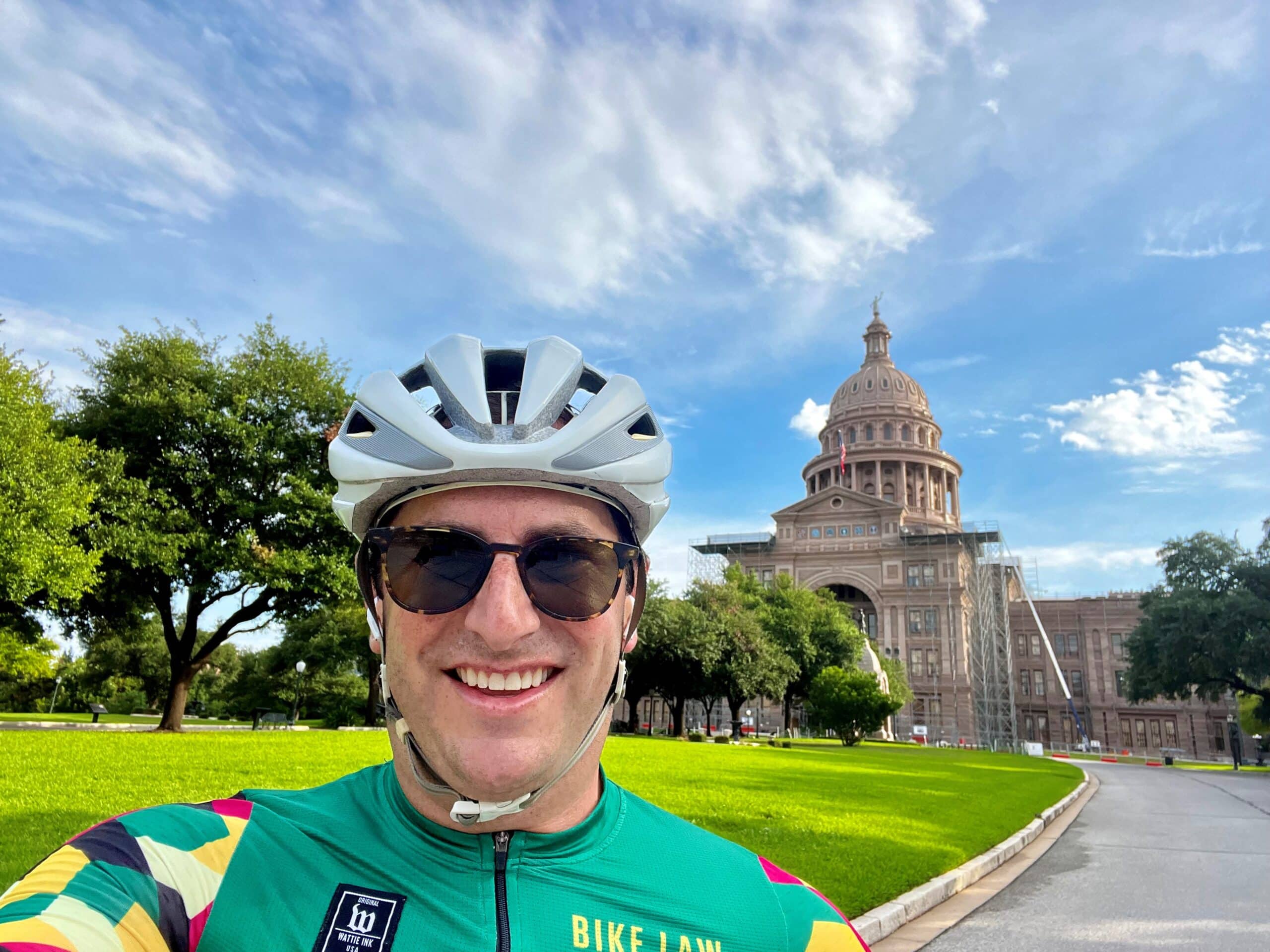So a driver just cut you off, flipped you off, or otherwise harassed you. It’s happened to all of us. I have had a blaring horn scare me and nearly cause me to crash. I would have loved to pull the minivan driver from his seat and give him a piece of my mind or worse. Maybe you have felt the same way.
Not so fast cowboy! Here’s a primer on what not to do.
Let’s first talk about assaults and confrontations. Kansas, where I live, is what’s called a “stand your ground” state. In Kansas, there’s no duty to retreat from a confrontation or “run away from a fight.” A person can use force to defend himself if he has a “reasonable” belief that force is necessary. The law doesn’t exactly spell out what “reasonable” or “belief” means. Because of the ambiguities in the law, there are a variety of responses to threats that can lead to deadly consequences.
In 2015, the Kansas Court of Appeals tried to clarify the law but to me it’s still as clear as mud. In 2014, Marlon Handy was arrested for assault in Wichita after shooting a man. The shooting followed a fistfight at a party. As you might expect, the stories as to what led to the shooting differed. At the preliminary hearing, a trial judge dismissed the charge against Handy on a self- defense/stand your ground basis. Case over? Not hardly. The Sedgwick County District Attorney appealed. The Kansas Court of Appeals overruled the Preliminary Hearing Judge and directed that the case go forward.
The Court of Appeals noted in its decision that if there is a conflict in testimony, (which happens almost always—ed.), self defense becomes a question for a jury. So, if confronted, you can stand your ground, but you must be reasonable. We will have to wait to see what the jury says about the reasonableness in shooting someone after a fistfight.
However, in the gun-toting areas of the country, it is best to not press one’s luck and hope that a jury will properly sort things out later.
What follows is what you absolutely should not do, out on the road when confronted with an aggressive motorist. Do not ever reach into a person’s vehicle. Breaching the car could lead to a deadly response.
KSA 21-5223 is the law pertaining to the defense of a dwelling, place of work, or OCCUPIED Vehicle.
Section (a) of the law states that use of force is justified when it appears to the person occupying the vehicle, and that person reasonably believes, that the use of force is necessary to prevent unlawful entry or attack upon the vehicle.
Section (b) gives occupants of buildings and vehicles the right to use DEADLY force to terminate unlawful entry or attack upon a dwelling, place of work, or OCCUPIED vehicle, if necessary to prevent imminent death or great bodily harm to that person or another. Once again, it’s a subjective standard. One’s word against another’s may be all it takes to avoid prosecution after such an encounter—especially if one of the parties is no longer around to give his or her side of the story.
Section(c) does not require a person in a building or motor vehicle to retreat if is using force to protect such person’s dwelling, place of work, or OCCUPIED vehicle.
Missouri is a “castle doctrine” state, which basically means you can use deadly force when your home is invaded and you feel threatened. In 2007, the law was expanded to include intrusion into motor vehicles. (Missouri Revised statute 563.031, et seq.)

Bike Law founder and bicycle crash lawyer Peter Wilborn has raced, toured, commuted, and ridden his bike daily for fun. In 1998, Peter had a bike tragedy in his own family, realized firsthand the need for lawyers who understand cycling, and devoted his law practice to Bike Law.










